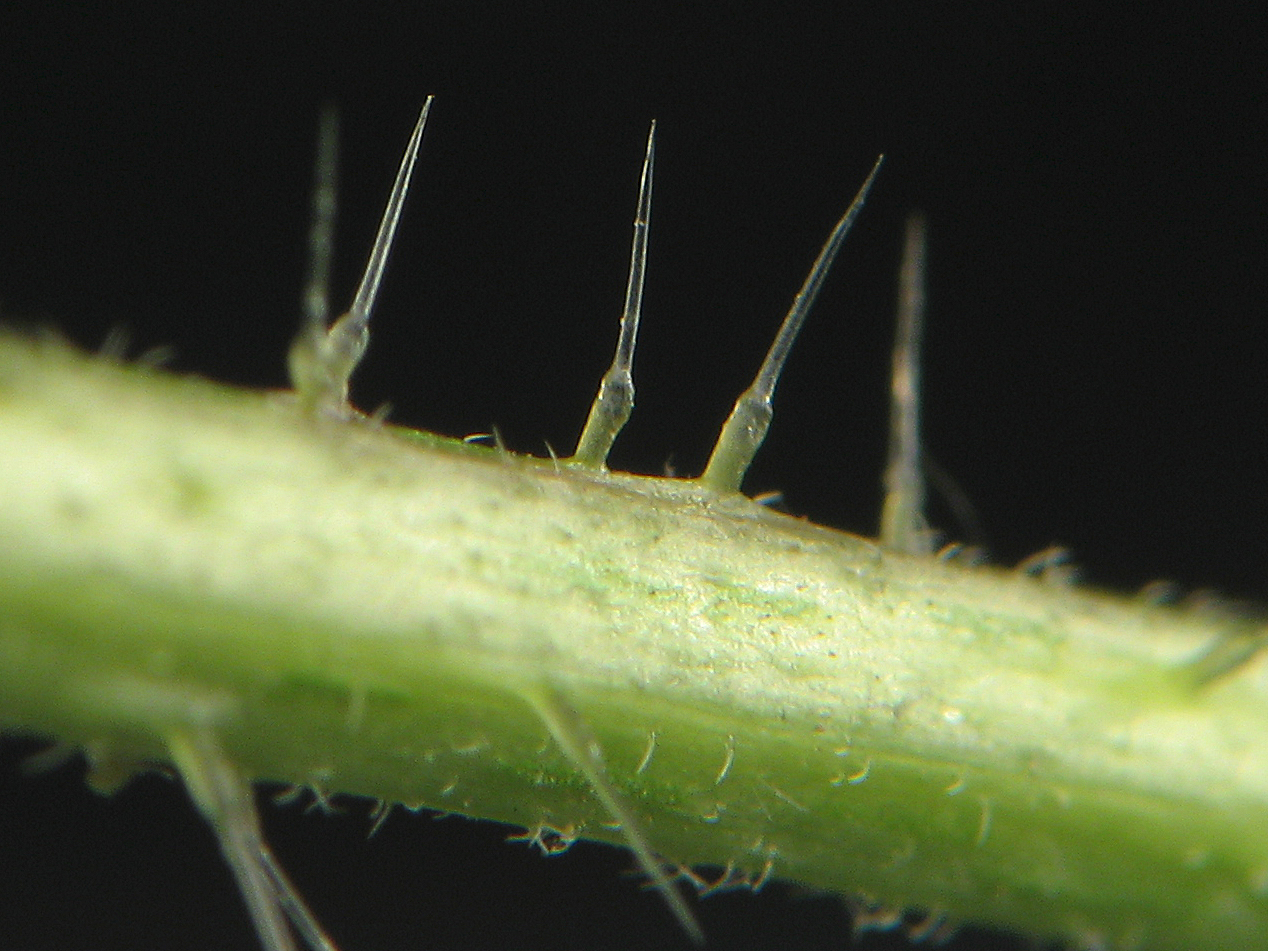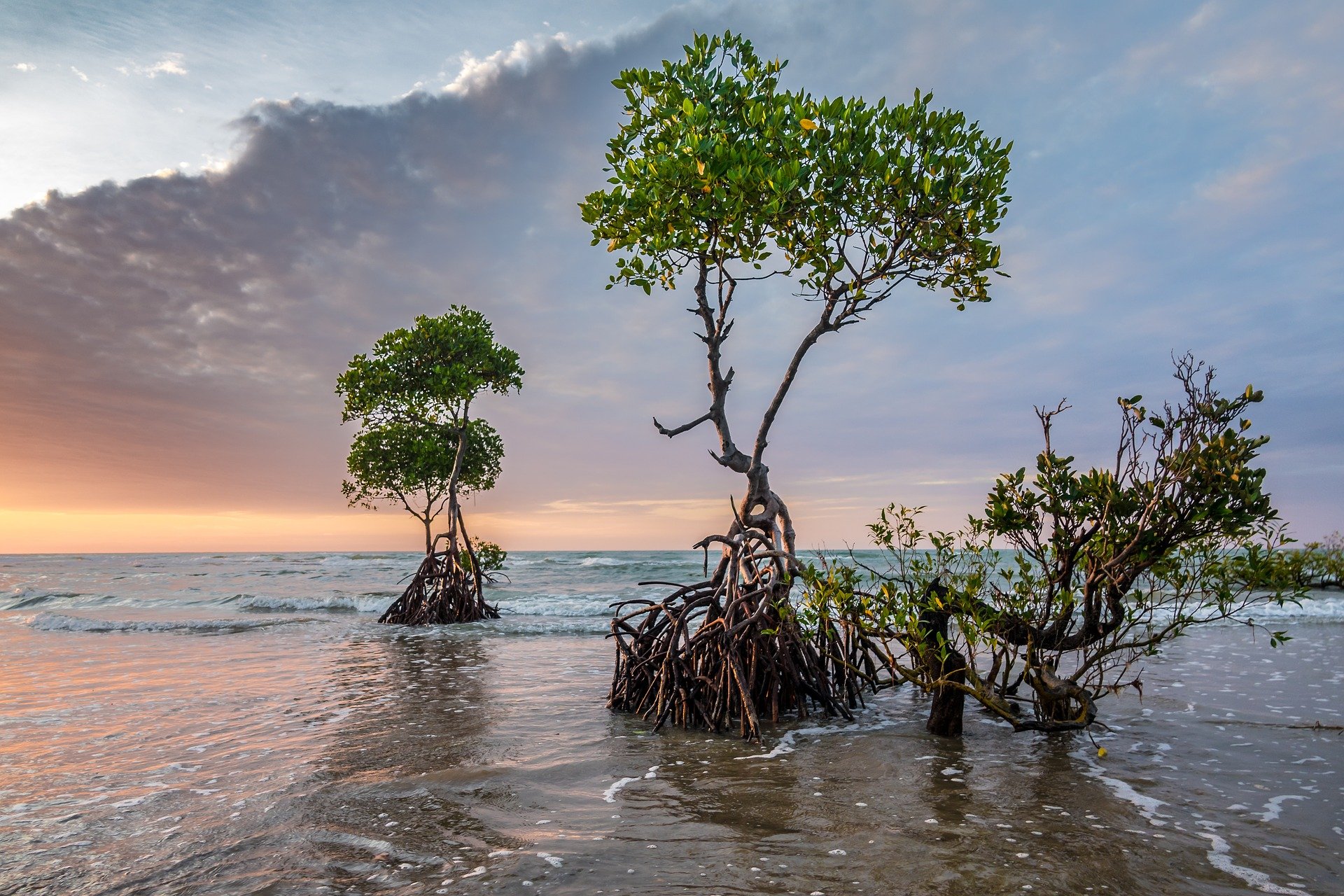|
Hylesia Metabus
The yellowtail moth or ashen moth (''Hylesia metabus'') is a species of moth found in northeastern South America. Contact with the urticating hairs of adult female moths is known to cause a cutaneous condition called the Caripito itch. The species was first described by Pieter Cramer in 1775. These moths are mainly found along the mangrove swamps of Venezuela and Guyana. The adult moths however swarm to lights in nearby towns and the urticating hairs are released into the air leading to severe urticarial and papulovesicular dermatitis. Hairs from male moths do not cause any symptoms. These special hairs are used by the females to protect their egg masses from predators such as ants. References External links * Moth information on ''Hylesia metabus'' �� Hemileucinae Moths of South America Moths described in 1775 Taxa named by Pieter Cramer {{Saturniidae-stub ... [...More Info...] [...Related Items...] OR: [Wikipedia] [Google] [Baidu] |
Pieter Cramer
Pieter Cramer (21 May 1721 (baptized) – 28 September 1776) was a wealthy Netherlands, Dutch merchant in linen and Spanish wool, remembered as an entomologist. Cramer was the director of the Zealand Society, a scientific society located in Flushing, Netherlands, Flushing, and a member of ''Concordia et Libertate'', based in Amsterdam. This literary and patriotic society, where Cramer gave lectures on minerals, commissioned and/or financed the publishing of his book ''De uitlandsche Kapellen'', on foreign (exotic) butterflies, occurring in three parts of the world Asia, Africa and America. Cramer assembled an extensive natural history collection that included seashells, petrifications, fossils and insects of all Order (biology), orders. Many were colourful butterflies and moths (Lepidoptera), collected in countries where the Dutch had colonial or trading links, such as Surinam (Dutch colony), Surinam, Ceylon, Sierra Leone and the Dutch East Indies. Cramer decided to get a permane ... [...More Info...] [...Related Items...] OR: [Wikipedia] [Google] [Baidu] |
Urticating Hair
Urticating hairs or urticating bristles are one of the primary defense mechanisms used by numerous plants, almost all New World tarantulas, and various lepidopteran caterpillars. ''Urtica'' is Latin for "nettle" (stinging nettles are in the genus ''Urtica''), and bristles that urticate are characteristic of this type of plant, and many other plants in several families. This term also refers to certain types of barbed bristles that cover the dorsal and posterior surface of a tarantula's or caterpillar's abdomen. Many tarantula species eject bristles from their abdomens, directing them toward potential attackers. These bristles can embed themselves in the other animal's skin or eyes, causing physical irritation, usually to great discomfort. The term "hairs" is technically a misnomer, as only mammals possess true hairs. The hairs on arthropods are called setae. In plants The most common form of urticating hairs in plants are typified by nettles, which possess sharp-pointed hollow ... [...More Info...] [...Related Items...] OR: [Wikipedia] [Google] [Baidu] |
Caripito Itch
Lepidopterism is an irritant contact dermatitis caused by irritating caterpillar or moth hairs coming into contact with the skin or mucosa. When referring to the cause, moth dermatitis and caterpillar dermatitis are commonly used; Caripito itch (known as ''papillonite'' in French) is an older name referring to the moth dermatitis caused by some '' Hylesia'' species. See also * Lonomia * Oak processionary which may cause airborne problems * Millipede burn * List of cutaneous conditions References Further reading * * * * * External links Caterpillar envenomationon eMedicine eMedicine is an online clinical medical knowledge base founded in 1996 by doctors Scott Plantz and Jonathan Adler, and computer engineers Joanne Berezin and Jeffrey Berezin. The eMedicine website consists of approximately 6,800 medical topic revi ... Stinging catepillars on entomology dept University of Kentucky Parasitic infestations, stings, and bites of the skin {{Cutaneous-infection-stub ... [...More Info...] [...Related Items...] OR: [Wikipedia] [Google] [Baidu] |
Mangrove Swamp
Mangrove forests, also called mangrove swamps, mangrove thickets or mangals, are productive wetlands that occur in coastal intertidal zones. Mangrove forests grow mainly at tropical and subtropical latitudes because mangrove trees cannot withstand freezing temperatures. There are about 80 different species of mangroves, all of which grow in areas with low-oxygen soil, where slow-moving waters allow fine sediments to accumulate.What is a mangrove forest? National Ocean Service, NOAA. Updated: 25 March 2021. Retrieved: 4 October 2021. Many mangrove forests can be recognised by their dense tangle of prop roots that make the trees appear to be standing on stilts above the water. This tangle of roots allows the trees to handle the daily rise and fall of tides, as most mangroves get flooded at least twice per day. The r ... [...More Info...] [...Related Items...] OR: [Wikipedia] [Google] [Baidu] |
Venezuela
Venezuela, officially the Bolivarian Republic of Venezuela, is a country on the northern coast of South America, consisting of a continental landmass and many Federal Dependencies of Venezuela, islands and islets in the Caribbean Sea. It comprises an area of , and its population was estimated at 29 million in 2022. The capital and largest urban agglomeration is the city of Caracas. The continental territory is bordered on the north by the Caribbean Sea and the Atlantic Ocean, on the west by Colombia, Brazil on the south, Trinidad and Tobago to the north-east and on the east by Guyana. Venezuela is a presidential republic consisting of States of Venezuela, 23 states, the Venezuelan Capital District, Capital District and Federal Dependencies of Venezuela, federal dependencies covering Venezuela's offshore islands. Venezuela is among the most urbanized countries in Latin America; the vast majority of Venezuelans live in the cities of the north and in the capital. The territory o ... [...More Info...] [...Related Items...] OR: [Wikipedia] [Google] [Baidu] |
Guyana
Guyana, officially the Co-operative Republic of Guyana, is a country on the northern coast of South America, part of the historic British West Indies. entry "Guyana" Georgetown, Guyana, Georgetown is the capital of Guyana and is also the country's largest city. Guyana is bordered by the Atlantic Ocean to the north, Brazil to the south and southwest, Venezuela to the west, and Suriname to the east. With a land area of , Guyana is the third-smallest sovereign state by area in mainland South America after Uruguay and Suriname, and is the List of South American countries by population, second-least populous sovereign state in South America after Suriname; it is also List of countries and dependencies by population density, one of the least densely populated countries on Earth. The official language of the country is English language, English, although a large part of the population is bilingual in English and the indigenous languages. It has a wide variety of natural habitats and ... [...More Info...] [...Related Items...] OR: [Wikipedia] [Google] [Baidu] |
Hemileucinae
Hemileucinae is a subfamily of the family Saturniidae, including a number of taxa whose caterpillars have venomous urticating hairs. This subfamily contains the following genera: *'' Adetomeris'' Michener, 1949 *'' Ancistrota'' Hübner, 1819 *''Arias'' Lemaire, 1995 *'' Automerella'' Michener, 1949 *'' Automerina'' Michener, 1949 *'' Automeris'' Hübner, 1819 *'' Automeropsis'' Lemaire, 1969 *'' Callodirphia'' Michener, 1949 *''Catacantha'' Bouvier, 1930 *'' Catharisa'' Jordan, 1911 *'' Cerodirphia'' Michener, 1949 *'' Cinommata'' Butler, 1882 *'' Coloradia'' Blake, 1863 *'' Dihirpa'' Draudt, 1929 *'' Dirphia'' Hübner, 1819 *'' Dirphiella'' Michener, 1949 *'' Dirphiopsis'' Bouvier, 1928 *'' Erythromeris'' Lemaire, 1969 *'' Eubergia'' Bouvier, 1929 *'' Eubergioides'' Michener, 1949 *'' Eudyaria'' Dyar, 1898 *''Gamelia'' Hübner, 1819 *'' Gamelioides'' Lemaire, 1988 *'' Heliconisa'' Walker, 1855 *'' Hemileuca'' Walker, 1855 *'' Hidripa'' Draudt, 1929 *'' Hirpida'' Draudt, 1929 * ... [...More Info...] [...Related Items...] OR: [Wikipedia] [Google] [Baidu] |
Moths Of South America
Moths are a group of insects that includes all members of the order Lepidoptera that are not butterflies. They were previously classified as suborder Heterocera, but the group is paraphyletic with respect to butterflies (suborder Rhopalocera) and neither subordinate taxon is used in modern classifications. Moths make up the vast majority of the order. There are approximately 160,000 species of moth, many of which have yet to be described. Most species of moth are nocturnal, although there are also crepuscular and diurnal species. Differences between butterflies and moths While the butterflies form a monophyletic group, the moths, comprising the rest of the Lepidoptera, do not. Many attempts have been made to group the superfamilies of the Lepidoptera into natural groups, most of which fail because one of the two groups is not monophyletic: Microlepidoptera and Macrolepidoptera, Heterocera and Rhopalocera, Jugatae and Frenatae, Monotrysia, and Ditrysia.Scoble, MJ 1995. The ... [...More Info...] [...Related Items...] OR: [Wikipedia] [Google] [Baidu] |


